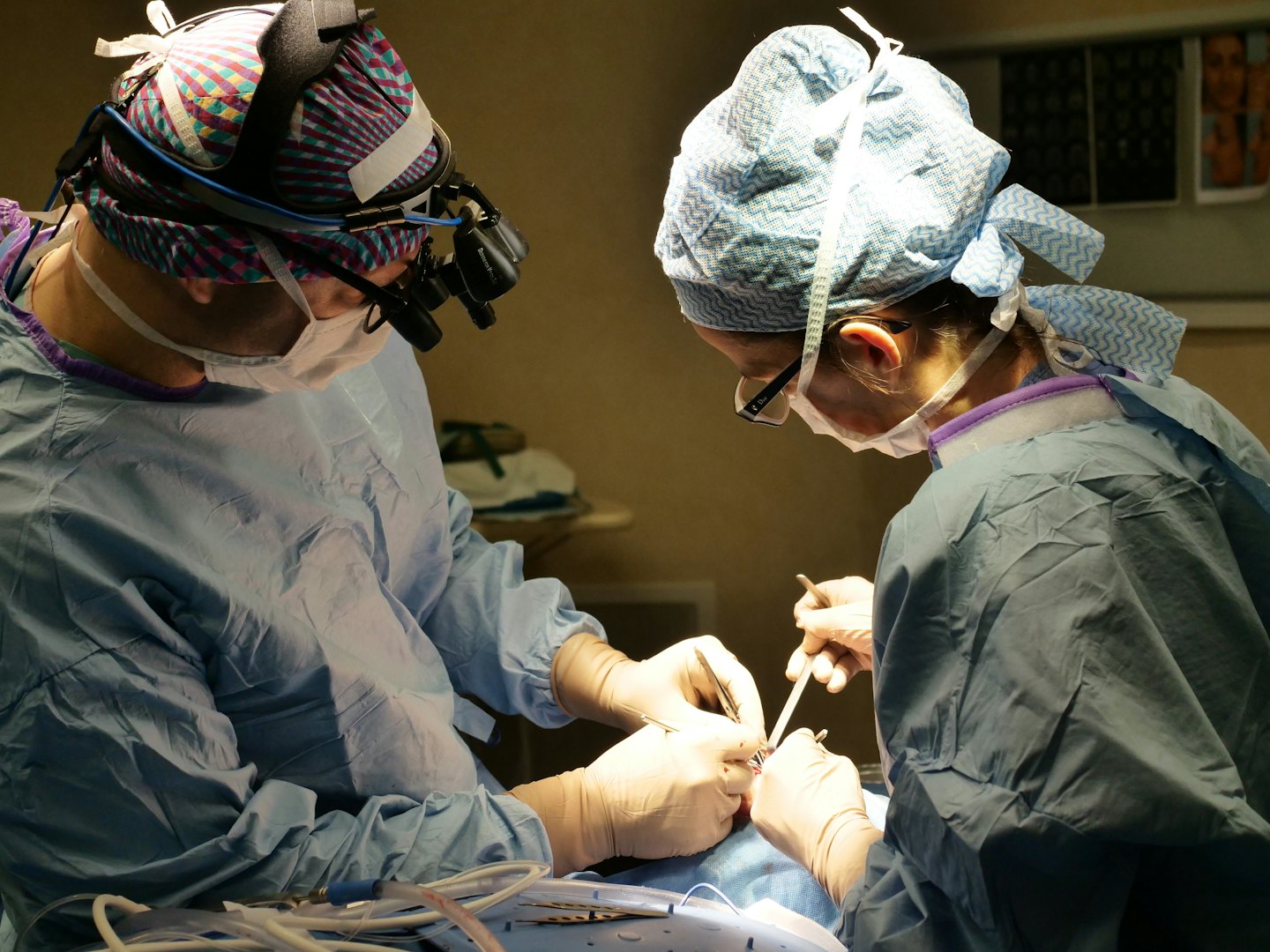Women’s Health Care at Southland Urology
Women’s health in urology focuses on the unique medical and surgical needs of the female urinary system. This encompasses a wide range of conditions, from common issues like urinary tract infections and overactive bladder to more complex problems such as pelvic organ prolapse and incontinence. By addressing these specific concerns, a urologist can provide specialized care that significantly improves a woman’s quality of life.

Advanced Treatments
Our expert surgeons use non-surgical and surgical management options.

Personalized Plans
We tailor your care to your unique diagnosis for optimal health and recovery.

Comprehensive Diagnostics
Accurate testing and evaluation.
Understanding Women’s Health Care
Learn about our tailored approach to diagnosing and treating women’s health concerns with compassionate support every step of the way.
Initial Consultation and Diagnosis
Meet with our board-certified urologists to assess your condition through thorough exams and advanced diagnostic tests.
Personalized Treatment Planning
Work closely with our specialists to develop a treatment strategy that fits your specific issue and goals.
Ongoing Care and Support
Receive expert follow-up care, monitoring, and support to ensure the best possible outcomes throughout your recovery.
Understanding Women’s Health
Understanding Women’s Health in Urology
Urology is a surgical specialty that deals with diseases of the female urinary tract system and the male genitourinary system. For women, this includes conditions affecting the kidneys, ureters, bladder, and urethra. While urology is often perceived as a male-centric field, a significant portion of a urologist’s practice is dedicated to treating common and complex conditions that disproportionately affect women. These issues can have a major impact on daily life, social interactions, and physical comfort.
Common Urological Conditions in Women
Several conditions are particularly prevalent in women. Urinary incontinence, or the involuntary leakage of urine, is a widespread issue that can be caused by childbirth, menopause, or other pelvic floor weakness. Overactive bladder (OAB) is another common problem characterized by a sudden, strong urge to urinate, often leading to leakage. Recurrent urinary tract infections (UTIs) are also much more common in women due to anatomical differences. Other significant urological conditions include pelvic organ prolapse, where the bladder or other pelvic organs drop from their normal position, and kidney stones.
Diagnosis
A thorough diagnosis is the first step in creating an effective treatment plan. A urologist will typically begin with a detailed medical history and a physical examination. For conditions like incontinence or overactive bladder, a doctor may ask the patient to keep a urinary diary to track symptoms. Diagnostic tests can include a urinalysis to check for infection, a bladder ultrasound to measure residual urine, and urodynamic studies to evaluate bladder function and pressure. For pelvic organ prolapse, a physical exam is often sufficient, but imaging tests may be used to assess the severity.
Non-Surgical Treatment Options
For many women’s urological conditions, non-surgical treatments are the first and most effective line of defense. Behavioral therapies, such as timed urination and bladder training, can help manage OAB and incontinence. Pelvic floor muscle exercises, often called Kegel exercises, can strengthen the muscles that support the bladder and can significantly improve symptoms of incontinence and prolapse. Medications are also a key part of treatment. For OAB, drugs that relax the bladder muscle can reduce urgency and frequency. For UTIs, a course of antibiotics is typically prescribed. Vaginal estrogen therapy may be recommended for post-menopausal women to improve urinary health.
Surgical Treatment Options
When non-surgical treatments are not sufficient, or for more severe conditions, surgical options may be necessary. For stress urinary incontinence, procedures like a mid-urethral sling or urethral bulking agents can provide support to the urethra and prevent leakage. For severe pelvic organ prolapse, a surgeon can perform a cystocele repair or other reconstructive surgery to lift and support the bladder or other organs. In some cases, a hysterectomy (removal of the uterus) may be a part of the surgical repair. For women with chronic, severe OAB that has not responded to other treatments, procedures like sacral neuromodulation, which involves a small device to regulate bladder nerves, or Botox injections into the bladder can be very effective.

Schedule Your Consultation Today
Take the first step toward personalized women’s health care with our expert team.
